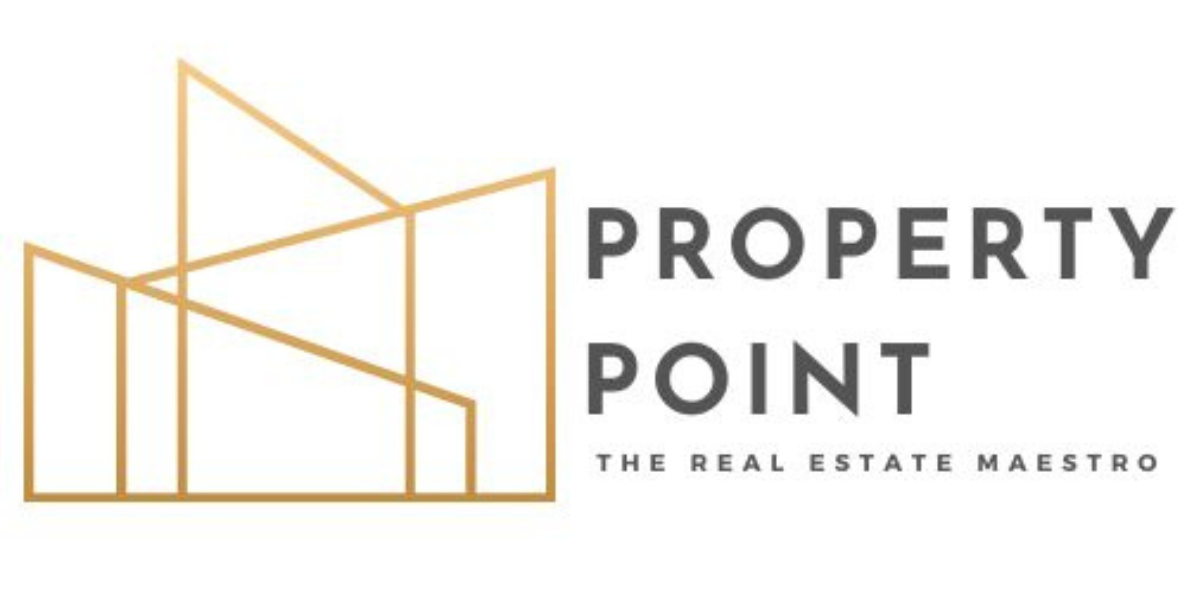
From Rent to Ownership: How a Down Payment Opens the Door to Your First Home
For many Indians, especially young professionals and growing families, owning a home is more than a financial decision—it’s a lifelong dream, a symbol of stability, and a key milestone in building generational wealth. But making the shift from paying monthly rent to becoming a proud homeowner can feel overwhelming. Among the first and most important steps? Saving for and making your home loan down payment in India.
This down payment is the foundation that allows your homeownership journey to begin. It sets the stage for your loan eligibility, affects your EMI, and often determines what kind of property you can afford. If you’re dreaming of buying a home in Navi Mumbai or exploring properties in New Mumbai, understanding how a down payment works is critical.
In this blog, we’ll break down the role of a down payment in buying a house, why it matters, how much you’ll need, and smart ways to plan for it.
Why a Down Payment Matters When Buying a Home
When you decide to buy a home in India, most buyers don’t pay the full price upfront. Instead, they opt for a home loan, which is repaid monthly over 15 to 30 years. However, lenders rarely finance 100% of the property’s cost. You are required to contribute a portion of the total value upfront — this is called the down payment for home loan.
Typically, banks and financial institutions in India finance up to 75%–90% of the property’s value, depending on factors like:
- The total cost of the property
- Your income and repayment capacity
- Your credit score
- The lending policies of the bank
So, if you’re buying a ₹70 lakh home, you’ll likely need to make a down payment of ₹7–₹17.5 lakhs.
The Psychological Shift: From Renter to Owner
Renting gives you flexibility. But owning gives you a sense of pride, permanence, and financial discipline. When you pay rent, that money is gone forever. But with a home loan EMI, each payment builds equity in your property.
The home loan down payment in India is a significant first commitment. It’s when you mentally and financially make the switch from temporary to long-term thinking. It tells the bank—and yourself—that you’re ready for this responsibility.
How a Down Payment Affects Your Home Loan
Your down payment directly impacts several aspects of your home loan:
1. Loan-to-Value (LTV) Ratio
The LTV ratio is the percentage of the property cost that a bank agrees to fund. A lower LTV means you’re contributing more, which reduces the lender’s risk. If your down payment is larger, your LTV is lower.
For instance:
- Property Price: ₹60 lakhs
- Your Down Payment: ₹15 lakhs
- Loan Amount: ₹45 lakhs
- LTV Ratio = 75%
Lenders are more likely to approve loans with lower LTVs at better interest rates.
2. Monthly EMI Amount
The higher your down payment, the lesser the amount you need to borrow. This reduces your monthly burden. For example:
| Down Payment | Loan Amount | EMI (20 years @ 9% interest) |
| ₹10 lakhs | ₹50 lakhs | ~₹44,986 |
| ₹15 lakhs | ₹45 lakhs | ~₹40,487 |
That’s a ₹4,500 difference monthly — which adds up to over ₹10 lakhs across the loan tenure!
3. Eligibility and Approval Chances
A larger down payment reflects better financial preparedness. It can improve your chances of loan approval, especially if you have other liabilities like existing EMIs or credit card dues.
How Much Should You Save for a Down Payment?
While the Reserve Bank of India (RBI) guidelines suggest a minimum 10%–25% down payment, it’s wise to aim for 20% or more. Here’s why:
- Lower EMIs and interest outgo
- Higher bargaining power with banks
- Faster loan approvals
- Less dependency on high-interest loans for registration and furnishing
If you’re aiming to buy home in Navi Mumbai, where average property prices can range from ₹50 lakhs to ₹1 crore, a 20% down payment means you should be saving anywhere between ₹10 to ₹20 lakhs.
Down Payment Example: Buying Property in Navi Mumbai
Let’s say you’re buying a 2BHK flat in Kharghar, Navi Mumbai, priced at ₹75 lakhs.
- Down Payment (20%): ₹15 lakhs
- Loan Amount (80%): ₹60 lakhs
- EMI (20 years @ 9%): ~₹53,983/month
If you increase your down payment to ₹20 lakhs, your EMI drops to ~₹48,485 — saving you over ₹1.3 lakhs a year!
This shows how your initial savings strategy can significantly affect your long-term finances.
How to Save for Your Down Payment
Planning early is key. Here are a few effective ways to build your down payment fund:
1. Open a Separate Savings Account
Keep your down payment money separate from your regular savings to avoid unnecessary withdrawals. Consider high-interest savings accounts or liquid mutual funds.
2. Automate Monthly Investments
Use SIPs (Systematic Investment Plans) in mutual funds to build your corpus over 3–5 years. If you invest ₹25,000/month at a 12% annual return, you’ll accumulate nearly ₹18 lakhs in five years.
3. Cut Non-Essential Expenses
Skip luxury items or vacations temporarily. Redirect bonuses, tax refunds, and incentives toward your goal.
4. Sell Unused Assets
Sell that idle plot, second car, or jewelry. Redirect those funds toward your home.
5. Get Support from Family
Many Indian families contribute to their children’s first home. If you’re receiving a gift, document it properly—it must be a non-repayable gift, not a loan.
First-Time Home Buyer Tip: Look Beyond Just the Property Price
Apart from the down payment, there are additional upfront costs when buying a home in India, such as:
- Stamp Duty & Registration (6–7% in Maharashtra)
- GST (only for under-construction properties)
- Brokerage or agent fees
- Legal documentation costs
- Interiors and furniture
So, for a ₹75 lakh flat, your actual initial outlay could be around ₹20–25 lakhs. It’s important to budget for this.
Navi Mumbai: A Prime Destination for First-Time Buyers
If you’re looking to escape the high real estate prices of Mumbai, properties in New Mumbai are becoming increasingly popular. Areas like:
- Kharghar
- Taloja
- Panvel
- Ulwe
- Nerul
…offer a mix of modern amenities, metro connectivity, and future-ready infrastructure—ideal for first-time buyers.
With multiple affordable housing projects, strong resale value, and rapid development (like the Navi Mumbai International Airport and Metro), this region offers real potential for appreciation.
Homeownership isn’t just about finding the perfect flat—it’s about preparing for it financially. Your home loan down payment in India is more than a transaction; it’s a symbol of commitment to a better, more stable future.
Whether you want to escape the cycle of rent or create a long-term asset for your family, your journey starts here. Start budgeting, explore the right localities, and understand the loan process inside out.
So, whether you’re hoping to buy home in Navi Mumbai or browse the growing number of properties in New Mumbai, know this: your dream is within reach—one smart step at a time.
Ready to Begin?
Explore trusted real estate listings, calculate your loan eligibility, and speak to a financial advisor. The sooner you start planning your down payment for home loan, the closer you’ll be to stepping into your own home.
Let today be the day you stop paying rent and start building your future.


